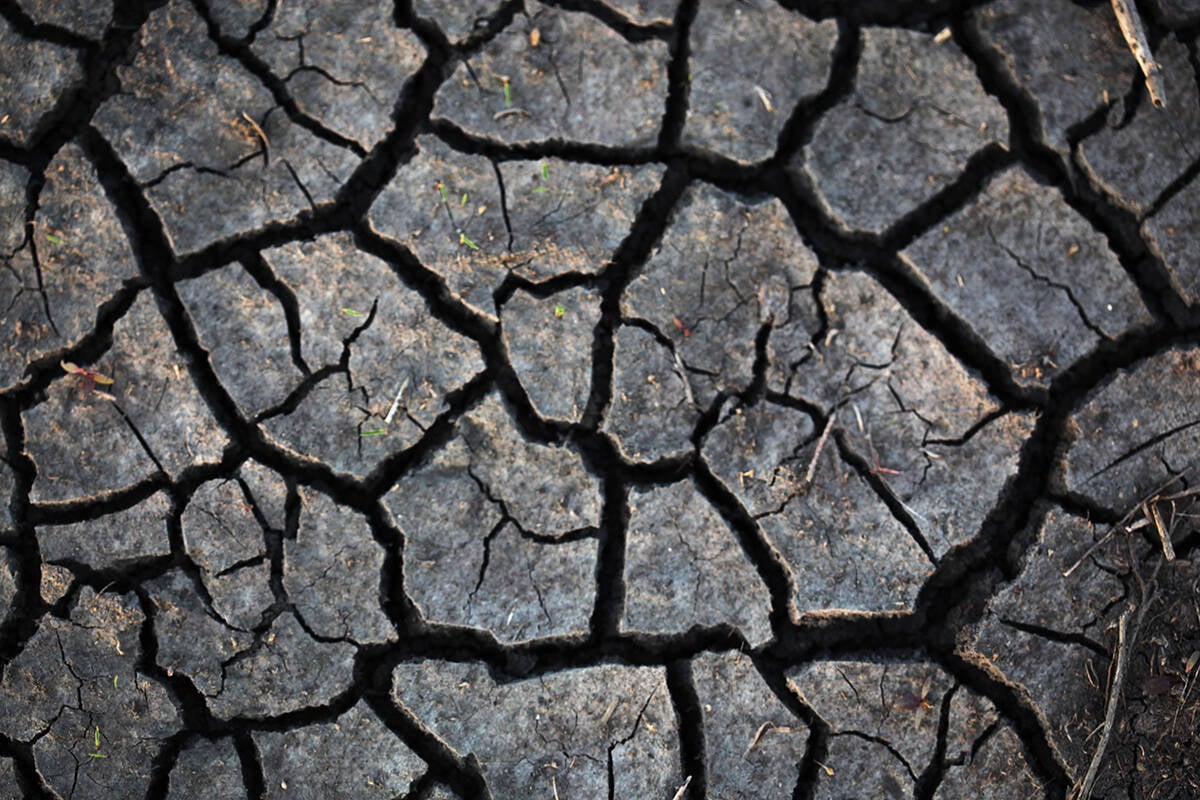Today’s rising cattle prices should continue to climb for the next few months, says the director of the Livestock Marketing Information Centre in Denver.
However, James Robb said short- and longer-term negative trends for the cattle and beef markets persist, which means the industry will have to continue to shrink over the long term if they don’t change.
He said cattle and beef prices are rising because supplies have fallen faster than demand.
Feeder steers that weigh 700 to 800 pounds in the southern U.S. plains are fetching more than $102 per hundredweight.
Read Also

Prairies have variable soil moisture conditions
The dry weather in the west was welcome for preserving grain quality and advancing harvest, but it has resulted in very dry soil moisture conditions.
The low of the year should be in and the beginning of a seven-month rally should be in place if normal seasonal patterns apply, Robb added.
He said the recent rise off the bottom is much sharper than in recent years, which is a positive sign for this year’s prices.
Price trends now and in the future depend largely on the economy and long-term beef consumption trends.
“We’ve lost precipitous demand,” Robb said during the North American beef market outlook at the Canadian Wheat Board’s GrainWorld conference.
Fortunately, much of the recent plunge in beef demand has come from the financial crisis and economic slump.
“This decline in demand, a true economic decline in demand … is largely just the economy,” Robb said.
Surging job losses and financial fear have caused consumers around the world to eat at home or at cheaper restaurants rather than “white tablecloth” establishments.
That’s bad for beef because high-end restaurants emphasize expensive cuts of beef and offer little chicken or pork.
Cheaper restaurants focus on chicken and less expensive ground beef, and consumers who stay at home mostly eat chicken, cheaper cuts of beef and pork.
Even high-end restaurants have embraced lower-cost cuts of beef.
If the economy continues to recover, much of the recently lost demand should come back, Robb said.
However, that doesn’t address the long-term decline in per capita beef consumption in the United States.
It fell from nearly 80 pounds per person per year in 1986 to 65 to 69 lb. through the 1990s. The decline continued in the 2000s to today’s 58 lb. per person.
Robb said the present beef price rally might mask the longer-term trend, but those who survive will need to assess what this long-term demand weakening means for them.















